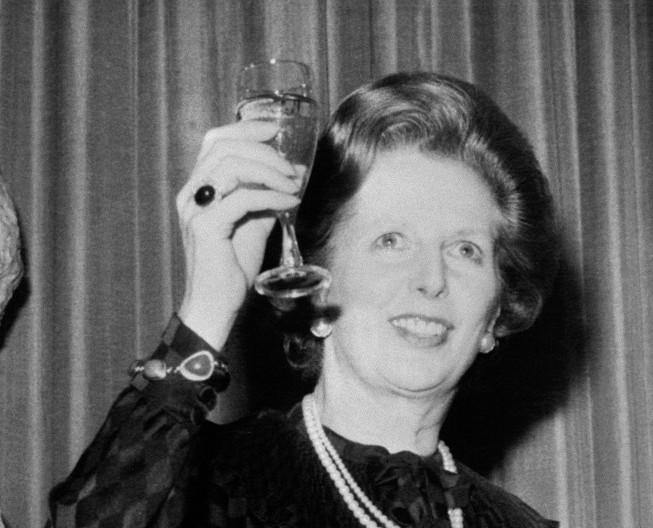Secret files have revealed explosive new evidence that Margaret Thatcher’s government did introduce the poll tax early in Scotland as part of an “experiment”.
Records that can be made public today show that Oliver Letwin – who remains a senior figure in David Cameron’s inner-circle – urged the Iron Lady to “use the Scots as a trailblazer for the real thing”.
Last night the SNP said the revelations confirmed that Scotland was used as a “guinea pig” for the hated levy.
Devised to replace domestic rates, the poll tax – or community charge, to give it its proper name – was introduced in Scotland from 1989, prior to its arrival in England and Wales from 1990.
It triggered mass protests before being replaced by the council tax in 1993.
Several historians have recently claimed it is a “myth” that Scotland was used to test the charge.
Nigel Lawson, who was the chancellor at the time, has also said “nothing could be further from the truth”.
It has been argued that Tory ministers were simply responding to demands for reform in Scotland, led by the Scottish Secretary George Younger.
However, the newly released files from 1985-86 make it clear how some in Downing Street viewed the move.
Mr Letwin, who was then a member of Mrs Thatcher’s Policy Unit and today serves as Mr Cameron’s policy minister, wrote a letter to the prime minister on November 8, 1985, which was marked with the hand-written initials “MT”.
He said Mr Younger was “extremely keen” on the new rates system, and suggested that this offered the prime minister an opportunity.
“You could make all the changes to grants, non-domestic rates, capital controls and housing benefit in England and Wales, but try out the residential charge in a pure form only in Scotland, and leave domestic rates intact for the time being in the rest of the country,” he said.
“If the Scottish experiment worked, it could make a pure residence charge look sensible rather than extreme, and thereby pave the way for its introduction in England and Wales.
“Although, you will have drastically overhauled the finance system, there will be no significant domestic losers.
“You would probably have a united Cabinet , since the radicals would be able to trumpet the Scottish experiment, and the sceptics would be comforted by the absence of any turbulence on the English domestic front.
“We therefore recommend that, if you are not willing to move to a pure residence charge in England and Wales immediately, you should introduce a mixture of taxes but should rather use the Scots as a trailblazer for the real thing.”
Responding to the revelations last night, SNP deputy leader Stewart Hosie: “These declassified files confirm that key Tory figures plotted in secret to use Scotland as a guinea pig for the poll tax, so that they could avoid accusation of ‘being rash’ by trying to bring in a similar system in England and Wales.
“These memos reveal the arrogant and contemptuous attitude towards Scotland that is the hallmark of the Tories.”
